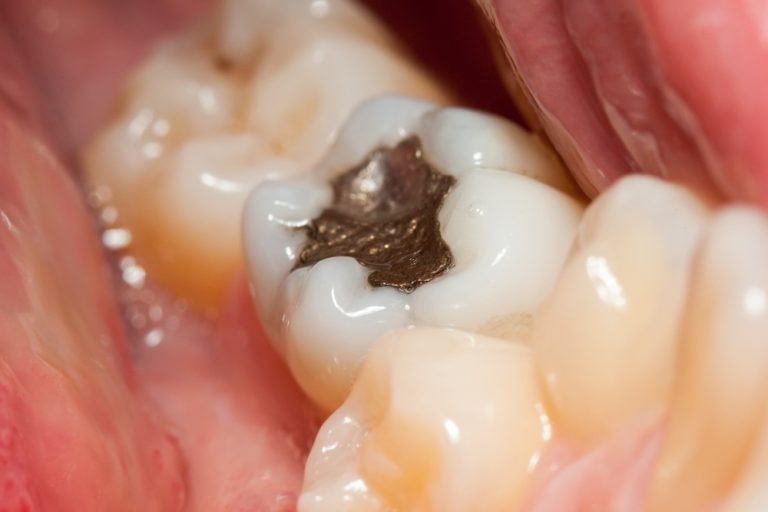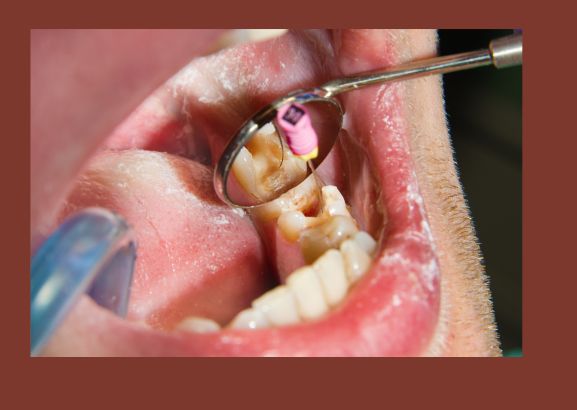How Many Times Can a Filling Be Replaced: Unleashing the Limit
Last Updated on 6 months by DR. ALBIN SIPES
A filling can be replaced multiple times, depending on the tooth’s condition and the filling’s quality. Generally, a filling can last 5-15 years, but it may need to be replaced sooner if it becomes loose, cracked, or decayed.
Regular dental check-ups can help identify when a filling needs to be replaced. A healthy smile is essential, and dental fillings are crucial in maintaining oral health. Fillings are used to restore teeth damaged by cavities or decay.
Over time, fillings can wear down or become damaged, requiring replacement. The frequency of replacement depends on various factors such as oral hygiene, the filling material used, the size and location of the filling, and individual habits like teeth grinding or clenching. It is generally recommended to visit a dentist for regular check-ups to monitor the condition of your dental fillings. This allows for early detection of any issues and timely replacement if necessary. Ignoring a deteriorating or damaged filling can lead to further oral health problems, such as infection or tooth loss. Therefore, taking proactive steps to maintain oral hygiene and seeking dental care when needed is essential.
Factors Influencing The Lifespan Of Dental Fillings
Factors influencing the lifespan of dental fillings include the material used, size and location of the filling, oral hygiene habits, teeth grinding and clenching, and diet and eating habits. The material used in fillings plays a significant role in their durability.
Fillings made from composite resin or porcelain tend to last longer than silver amalgam fillings. The size and location of the filling are also crucial factors. Fillings in areas of the mouth that are subject to more pressure may wear out faster.
Additionally, maintaining good oral hygiene habits, such as regular brushing and flossing, can prolong the life of a filling. Teeth grinding and clenching, known as bruxism, can cause fillings to break or become loose. Lastly, dietary factors like excessive consumption of sugary foods and drinks can contribute to the deterioration of fillings.
A filling’s lifespan depends on multiple factors, and regular dental check-ups are essential for early detection and replacement if necessary.
Signs That Indicate The Need For Filling Replacement
Multiple signs may indicate the need for filling replacement, such as recurrent toothache or sensitivity. Visible cracks or damage to the filling could also be a red flag. Discoloration or darkening of the filling and changes in its shape or texture are other warning signs.
Finally, the loss of filling material should be addressed. It is essential to pay attention to these signs to ensure the longevity and effectiveness of dental fillings. Regular check-ups with a dentist can help identify when a filling needs to be replaced.
Remember, prompt action can prevent further complications and maintain oral health.
The Process Of Replacing Dental Fillings
Replacing dental fillings is a standard procedure that involves several steps. First, the dentist evaluates and diagnoses the tooth condition. Then, the old filling is carefully removed. After that, the tooth is prepared for the new filling. The dentist selects the appropriate filling material from various options available.
Once chosen, the new filling is placed in the tooth. Finally, the filling is finished and polished to ensure a smooth and comfortable fit. The dentist carries out this entire process to restore the tooth’s shape, function, and strength.
It is important to note that the number of times a filling can be replaced depends on factors such as the size of the filling and the overall tooth health. Regular dental check-ups can help identify when a filling needs to be replaced.
Longevity Of Different Filling Materials
Different filling materials have varying levels of longevity. Starting with amalgam fillings, they have a solid lifespan and offer durability. However, there are advantages and disadvantages to consider. When it comes to replacement, specific considerations need to be considered.
Composite resin fillings also have a decent lifespan and provide durability. Similar to amalgam fillings, there are advantages and disadvantages associated with them. For replacement, certain factors need to be considered as well. Lastly, ceramic and porcelain fillings have their lifespan and durability.
Along with advantages, they also have disadvantages that should be weighed. When the time comes for replacement, considerations are necessary. Understanding these aspects of different filling materials is essential to make informed decisions.
Proper Care And Maintenance To Extend The Lifespan Of Fillings
Properly caring for your fillings is crucial to prolong their lifespan. When brushing and flossing, use the correct techniques. Keep up with regular dental check-ups and cleanings to maintain the health of your fillings. Avoid habits that can damage them, such as biting on complex objects or grinding your teeth.
Additionally, consider your diet and select gentle foods on fillings, avoiding excessive sugar and acidic substances. By following these guidelines, you can maximize the longevity of your fillings and minimize the need for replacement. Take proactive measures to ensure the health and durability of your dental restorations.
Maintain good oral hygiene habits and seek professional dental care for optimal results.
The Role Of The Dentist In Determining The Need For Replacement
The dentist plays a crucial role in determining the need for replacing a filling. Through regular dental examinations and x-rays, they can assess the condition of the filling. Signs of wear or deterioration, such as cracks or leaks, may indicate the necessity for replacement.
Dentists can recommend the ideal timing for replacing the filling based on their professional judgment. This decision is made after considering various factors, including the size of the filling, the material used, and the patient’s overall oral health.
By closely monitoring the filling’s integrity, dentists can ensure the longevity and functionality of the restoration. Regular check-ups allow dentists to address any issues promptly, helping patients maintain optimal oral health.
Frequently Asked Questions On How Many Times Can A Filling Be Replaced
How Many Times Can A Filling Be Replaced?
A dental filling can be replaced as often as necessary to maintain dental health. However, frequent replacements may indicate underlying issues that should be addressed. It’s essential to consult with your dentist to determine the best course of action for your specific situation.
Regular dental check-ups can help identify any potential problems with fillings and address them promptly.
Conclusion
The lifespan of a dental filling can vary depending on factors such as the filling material used, the size and location of the filling, and individual oral hygiene habits. Generally, a filling can last anywhere from 5 to 15 years before it needs to be replaced.
However, it is essential to note that regular dental check-ups and cleanings are crucial in monitoring the condition of fillings and detecting any signs of wear or damage. Timely replacement of fillings is essential to prevent further complications, such as tooth decay or fractures.
Moreover, maintaining good oral hygiene practices, such as brushing twice a day with fluoride toothpaste and flossing daily, can help prolong the lifespan of fillings. Overall, consulting with your dentist and following their recommendations is the best approach to ensure the long-term success of your dental fillings and maintain a healthy smile.


